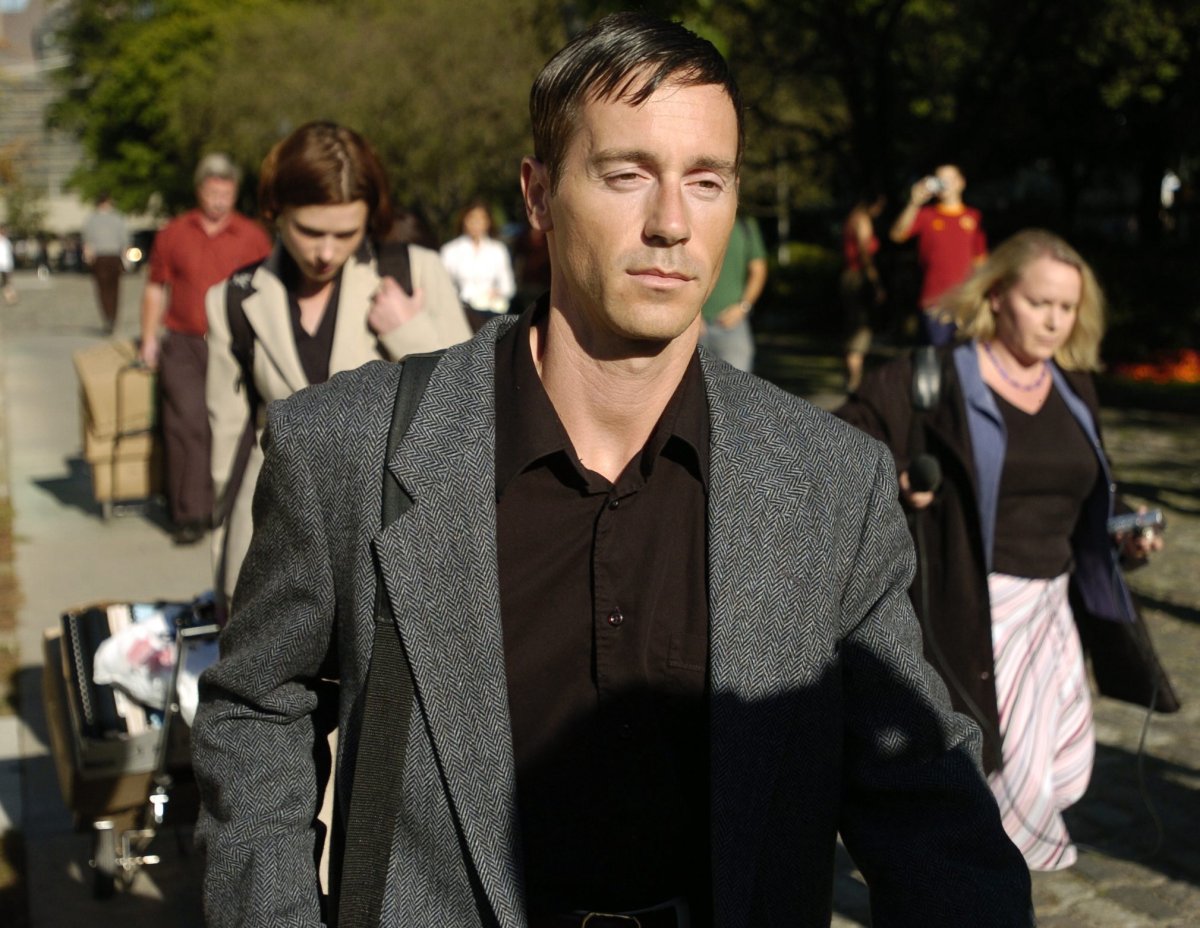This is part two of a five-part series examining wrongful convictions and why they happen.

Robert Baltovich was a young man in the prime of his life. He’d met a beautiful woman, Elizabeth Bain, with whom he was very much in love. But his life went into a tailspin when she went missing from the University of Toronto Scarborough campus on June 19, 1990.
It was at that point Baltovich realized something terrible was unfolding.
“When I got the call from her mother at 6:30 the next morning, asking if Liz was with me, and I said of course she wasn’t. That’s when we all realized something was wrong,” Baltovich said. “Liz was not the type to stay out late without telling anybody.”
And when Bain’s abandoned car was discovered near the Scarborough campus with her blood inside, it quickly became evident she was never coming back.
The days, months and years that followed would test Baltovich to his core.
Five months after Bain’s disappearance, Baltovich was charged with her murder. How did police reach that point? Hypnosis. That’s right, the witnesses were hypnotized by the prosecution in an effort to jog their memories.
- B.C., First Nations partner to build ‘attainable’ below-market homes in Vancouver
- B.C. First Nations declare state of emergency due to toxic drug deaths in communities
- Canucks All-Star goalie Thatcher Demko battling rare muscle injury
- Vancouver police want to speak to possible witnesses in stabbing death near Chinatown
However, all it seemed to do was distort their memories, leading to false testimony. Baltovich knew he was innocent — but still, in February 1992, he was forced to stand trial for murdering Bain.
Put yourself in that courtroom. The eyes of everyone upon you, as you wait for the jury to hand down a verdict, which could change the course of your future. How would you feel?
“In the back of my mind I kept thinking, ‘You’re innocent, you can’t be convicted, you’re innocent, you can’t be convicted, you didn’t do this,'” he recalled. “And when, of course, the foreman said, ‘we find the accused guilty as charged’ — I mean, it was a pretty brutal feeling. I just tried to stay strong.”

Get daily National news
Maria Shepherd
At the same time, police were gathering evidence to put Baltovich behind bars, another Canadian was about to be wrongfully accused of a heinous crime she didn’t commit. In 1991, Maria Shepherd had two young children and was pregnant with her third child.
“I’d never had interactions with the law,” Shepherd said.
Still, she was charged with causing the death of her three-and-a-half-year-old stepdaughter, Kasandra.
WATCH: Maria Shepherd exonerated in the death of her stepdaughter after decades (2016)

Kasandra had been ill. A few months prior to her death, she had even undergone a CAT scan that showed some notable space between her skull and her brain.
“She was vomiting on a regular basis, and so we brought her into the hospital. She stayed there for about a month,” Shepherd recalled. “Even though we took her to the hospital, she was still discharged with no formal findings of why she was so sick except to say that they thought that she perhaps had gastroenteritis.”
On April 11, 1991, Kasandra died in hospital.
“She had a grand mal seizure,” Shepherd said. “Everything was happening so quickly. We called 911.”
Fast forward to October 1992, and Shepherd was under extreme pressure to confess to manslaughter. The linchpin of the prosecution’s case was the flawed evidence of Charles Smith, a once-revered pediatric forensic pathologist.
He concluded in an autopsy that Kasandra had died as a result of abuse. Once that evidence was backed up by several other respected physicians, Shepherd felt she had no choice to but plead guilty to a crime which, firstly, didn’t exist, and secondly, she didn’t commit.
“I thought that by complying, I could get home sooner, so I could get someone to help me and get this all fixed,” Shepherd recalled.
Smith would later be stripped of his licence for doing to Shepherd what he did to up to a dozen other people — forming erroneous opinions and providing misleading statements in court that would implicate them in the deaths of their own children.
On Oct. 22, 1992, Shepherd, who was pregnant with her youngest child Chanel, was sent to prison for manslaughter. She was sentenced to two years less a day.
Both Maria Shepherd and Robert Baltovich were able to eventually prove their innocence, but it came at a heavy cost. What are the psychological effects of going to prison for a crime you didn’t commit? How do you heal from wounds that run so deep?
In Part Three of ‘Canada’s Wrongfully Convicted,’ a special series from the Jon McComb show on 980 CKNW, we examine the psychological impacts of being wrongfully convicted. How do you put your life back together?











Comments